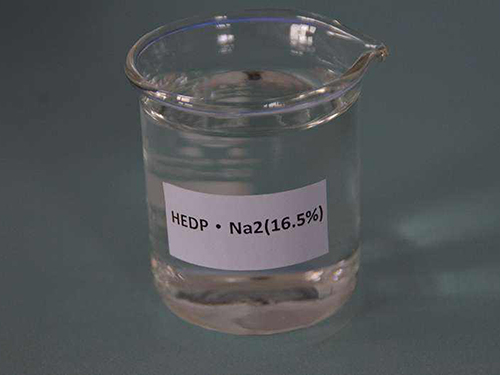Polymer-Based Solutions for Effective Water Purification Techniques and Applications
Polyaluminium chloride (PAC) has emerged as a pivotal agent in water treatment processes, particularly due to its effectiveness in coagulation and flocculation. Water treatment is crucial for ensuring safe drinking water and the efficient processing of wastewater. PAC, a polymeric coagulant made from aluminum chloride, has gained popularity over traditional aluminum sulfate, primarily because of its superior performance in various water conditions.
One of the key advantages of PAC is its ability to work effectively at a wide range of pH levels. Traditional coagulants like aluminum sulfate require a specific pH to achieve maximum efficiency, often necessitating additional chemical adjustments. However, PAC can function optimally across various pH environments, making it a versatile choice for water treatment facilities dealing with varying source water qualities.
The mechanism by which PAC operates involves the neutralization of negatively charged particles in the water, allowing them to clump together and form larger aggregates known as flocs. These flocs can then be easily removed from the water through sedimentation or filtration. The effectiveness of PAC is particularly pronounced in treating surface waters that may contain organic matter, color, and turbidity. This makes it ideal for municipal drinking water systems as well as industrial applications.
Another significant benefit of using PAC in water treatment is its lower dosage requirement compared to aluminum sulfate. This results in less sludge production, which is an essential consideration for treatment facilities aiming to minimize operational costs and environmental impact. Less sludge means reduced handling, transportation, and disposal costs, which can contribute to the overall efficiency and sustainability of water treatment processes.
polyaluminium chloride water treatment

Moreover, PAC is known for producing high-quality treated water, with improved clarity and reduced residual aluminum levels compared to traditional coagulants
. This characteristic is particularly critical in scenarios where water quality regulations are stringent, as it ensures compliance with health and safety standards.In terms of application, PAC is utilized extensively in municipal drinking water systems, wastewater treatment facilities, and various industrial sectors, including paper manufacturing, textile processing, and cosmetics. Its versatility allows it to address a myriad of contaminants, making it a favorite among water treatment professionals.
In conclusion, polyaluminium chloride represents a significant advancement in water treatment technology. With its ability to function across diverse conditions, reduce sludge production, and improve water quality, PAC has established itself as an essential tool in the ongoing quest for safe and clean water. As water scarcity becomes an increasingly pressing global issue, the role of effective coagulants like PAC will undoubtedly grow in importance, paving the way for more efficient and sustainable water management practices.
-
lk-319-special-scale-and-corrosion-inhibitor-for-steel-plants-advanced-solutions-for-industrial-water-systemsNewsAug.22,2025
-
flocculant-water-treatment-essential-chemical-solutions-for-purification-processesNewsAug.22,2025
-
isothiazolinones-versatile-microbial-control-agents-for-industrial-and-consumer-applicationsNewsAug.22,2025
-
scale-inhibitor-key-solutions-for-water-system-scale-preventionNewsAug.22,2025
-
organophosphonates-versatile-scale-inhibitors-for-industrial-water-systemsNewsAug.22,2025
-
scale-and-corrosion-inhibitor-essential-chemical-solutions-for-water-system-maintenanceNewsAug.22,2025





